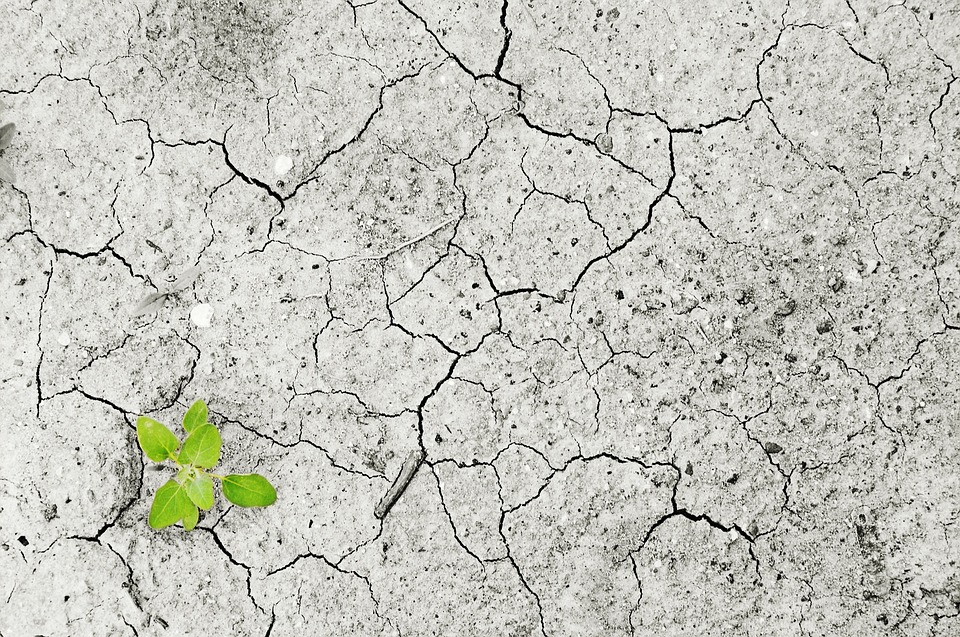What Is the Climate Found Near 60 Degrees Latitude?
The 60-degree latitude line traverses various regions in both the Northern and Southern Hemispheres, significantly influencing the climate characteristics of these areas. This latitude is crucial as it marks a transition zone where different climate types converge, leading to unique environmental conditions.
General Climate Characteristics Near 60 Degrees Latitude
Latitude and Sunlight Variation
At approximately 60 degrees latitude, sunlight angles are low, resulting in significant seasonal variations in temperature and daylight. During summer months, regions near this latitude experience extended daylight hours, often referred to as the “midnight sun,” while winter brings prolonged darkness, known as polar night. This extreme variation affects local climates and ecosystems profoundly.
Influence of Proximity to Oceans
In the Northern Hemisphere, proximity to oceans moderates temperatures, leading to more stable climatic conditions compared to continental areas. Maritime influences result in milder winters and cooler summers, particularly in coastal regions like Norway and parts of Canada. In contrast, continental areas can experience severe temperature fluctuations due to their distance from oceanic moderation.
Types of Climate Zones Near 60 Degrees Latitude
Subarctic Climate
The subarctic climate is characterized by long, harsh winters with temperatures often plunging below freezing for extended periods. Summers are short and mild, with average temperatures rarely exceeding 16 °C (61 °F). This climate type is prevalent in northern Canada, Alaska, Scandinavia, and Siberia. Precipitation is generally low, primarily falling as snow during winter months[2][3].
Temperate Maritime Climate
Coastal regions near the North Atlantic Ocean exhibit a temperate maritime climate, characterized by mild temperatures and abundant precipitation throughout the year. Areas such as coastal Norway and parts of the United Kingdom experience relatively warm winters and cool summers due to the moderating effects of ocean currents. This climate supports lush vegetation and diverse ecosystems[9][10].
Tundra Climate
Found primarily in high-latitude areas close to the Arctic Circle, tundra climates feature extremely cold temperatures with minimal warmth during summer months. The growing season is short, lasting only a few weeks. Vegetation is limited to mosses, lichens, and small shrubs due to permafrost—permanently frozen ground that inhibits tree growth. Regions with tundra climates include parts of northern Russia and Alaska[1][2].
Seasonal Climate Patterns at 60 Degrees Latitude
Summer
During summer, temperatures can range from mild to warm depending on proximity to oceans. Coastal areas benefit from cooler temperatures due to maritime influences, while inland regions may experience warmer conditions. The phenomenon of nearly continuous daylight allows for rapid plant growth during this brief season.
Winter
Winters are notably severe near 60 degrees latitude, especially in subarctic regions where temperatures can drop significantly below freezing. Snow cover is persistent, and limited daylight hours contribute to colder conditions. This harsh environment poses challenges for both wildlife and human inhabitants[3][4].
Precipitation Patterns
Annual precipitation varies but is generally moderate to low across these latitudes. In subarctic zones, most precipitation occurs during the summer months as rain or snow. Coastal maritime regions receive more rainfall due to moist air from the ocean, often resulting in overcast skies[2][3].
Adaptations of Flora and Fauna to High-Latitude Climates
Vegetation
Flora in these regions includes boreal forests (taiga) in subarctic areas characterized by coniferous trees adapted to cold climates. In tundra regions, vegetation is sparse due to permafrost; species such as mosses and lichens dominate the landscape.
Wildlife
Fauna adapted to these climates includes large mammals like moose and reindeer that thrive in colder temperatures. Many species exhibit migratory behavior or seasonal adaptations to cope with extreme conditions. Human populations also adapt through traditional practices suited for survival in harsh environments[1][11].
FAQs
– What countries are near the 60-degree latitude line?
Countries include parts of Canada, Alaska (USA), Norway, Sweden, Finland, Russia, and Iceland.
– How cold does it get near 60 degrees latitude?
Temperatures can drop as low as -50 °C (-58 °F) in some areas during winter months.
– Is there a lot of daylight near 60 degrees latitude?
Yes, summer days can last up to 24 hours of daylight (midnight sun), while winter may have very few hours of sunlight.
– What type of vegetation grows near 60 degrees latitude?
Vegetation includes coniferous forests in subarctic zones and mosses or lichens in tundra regions.
– How does the 60-degree latitude climate compare to the equator?
The climate at 60 degrees latitude experiences more extreme seasonal variations compared to the equator’s consistently warm temperatures year-round.
Conclusion
The climate near 60 degrees latitude presents a unique blend of environmental conditions influenced by geographical location and oceanic proximity. Understanding these characteristics is vital for appreciating how they affect global biodiversity and climate dynamics.

Kyle Whyte is a notable scholar and professor at the University of Michigan, holding positions such as the George Willis Pack Professor in the School for Environment and Sustainability and Professor of Philosophy. Specializing in environmental justice, his work critically examines climate policy and Indigenous peoples’ ethics, emphasizing the nexus between cooperative scientific endeavors and Indigenous justice. As an enrolled Citizen Potawatomi Nation member, he brings a vital perspective to his roles as a U.S. Science Envoy and member of the White House Environmental Justice Advisory Council. His influential research is supported by various prestigious organizations including the National Science Foundation, and disseminated through publications in high-impact journals. Kyle actively contributes to global Indigenous research methodologies and education, with affiliations to numerous institutes and societies dedicated to traditional knowledge and sustainability. Recognized for his academic and community engagement, Kyle has earned multiple awards and served in various visiting professorships. His efforts extend to leadership positions on boards and committees focused on environmental justice nationwide.
